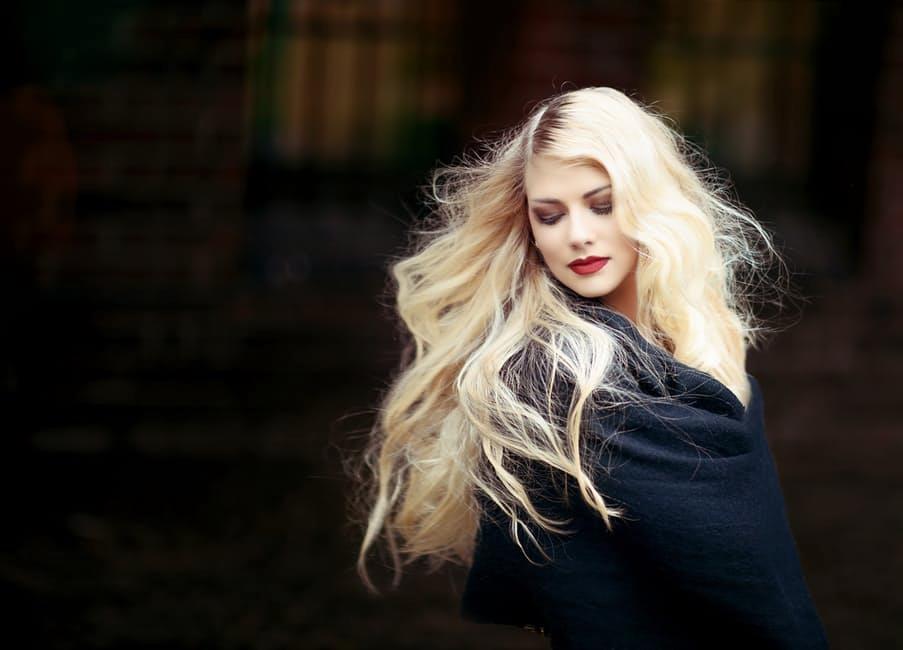5 Steps to Choose the Best Hair Color for Your Skin Tone

Are you ready for a change to your luscious locks? A new color can brighten things up in a number of ways, but you want to make sure you get the right one. Platinum blonde might have looked absolutely stunning on Marilyn Monroe, but it might not be the best for your coloring.
The right hair color depends on things like race, genetics, sun exposure, and other factors. It can even vary depending on the time of year. Choosing the right hair color depends on your skin tone. Here are some tips for getting it right.
-
Know Your Skin Tone
Most people’s skin tone can be categorized as either cool or warm.
Cool-colored skin tones are also described as Winter and Spring. It means you have lighter skin with a red, pink, or yellow undertone. You tan very little (if at all) when exposed to the sun compared to those with warmer tones. Those with cool colored skin were probably either born blonde or dirty-dishwater blonde or they have super dark hair, like black or dark brown.
If you have warm-toned skin, you would also be described as a Summer or Autumn. Your skin tone will be golden or olive based and have a natural “glow” to it. You don’t have a difficult time tanning. Hair colors are usually dark brown, rich dark blonde or light brown.
When in doubt about your skin color, examine your makeup. If you opt for fairer colors, you’re probably cool-toned and darker colors indicate warm-toned skin.
As a general rule of thumb, women should choose hair colors that are opposite to the base of your skin tone. “The lighter your skin tone, the paler you can go with your hair,” celebrity colorist Rita Hazan, who works with Beyoncé and Jessica Simpson, told InStyle Magazine. She also recommends that cool-toned women try really dark colors like brown, black, and jet black, but to avoid orange-based colors like honey blonde, golden brown, or copper red.
Great colors for women with warm-toned skin includes orange-based or red undertone colors like auburn, milk chocolate, golden browns, warm beige, honey blonde, butter, champagne blonde, toffee, and other lighter colors with a yellow or orange base.
-
Factor in Your Age
Softer colors tend to look better as you age, so vibrant, bold colors might not be the best for those advancing in years.
”Be aware that your skin tone changes as you age. Right before you turn gray, the hair gets a little darker,” Kelly Van Gogh, colorist and creator of Kelly Van Gogh Hair Color told YouBeauty. “Your skin is preparing to lose pigment as you age. Then, when your hair turns gray, your skin tone gets lighter.”
This means the hair color you’ve always used might not be as flattering as you age.
-
Define Your Eye Color
The colors of your eyes in combination with your skin tone also indicate the kinds of hair colors that look best. Those with warm-toned skin tend to have hazel, green, brown, or golden-brown eyes.
Those with cool-toned skin probably have a lighter color eye, like blue, light green, a very light hazel, or a very light brown. You might also have jewel-toned eye colors, like vibrant blue, green, emerald green, dark blue, or brown so dark that it looks black.
-
Match Yourself with a Celebrity
No one wants to discover too late that their hair color doesn’t match their skin tone. Finding a celebrity with a skin tone similar to yours is a great way to shop hair colors, as they’ll often cycle through various hairstyles and colors throughout their careers.
“When you’re looking for A-list color inspiration, try to pick out people with similar skin and eye coloring to your own,” suggests Victoria Hoff of Byrdie. “It’ll give you a much better idea of how the hue will actually look on you in the end.”
-
Play with Unnatural Colors
When it comes to choosing the colors of the rainbow for your hair color, the rules are pretty relaxed. You’ll look a bit odd no matter what color you choose, but that’s okay because it’s the look you’re going for.
If you want to match your skin tone, Roxie Darling of NYC’s Hairstory suggests that Byrdie readers follow this rule of thumb: “Darker skin tends to look washed out if paired with paler shades, while saturated hues enhance deeper skin tones. So, for tan skin, you can go for more vibrant and saturated tones: jewel tones like ruby, fuchsia, magenta, etc.”
The world is your playground when it comes to choosing the right hairstyles, but hopefully these rules will help you choose colors that are most flattering for your skin type

